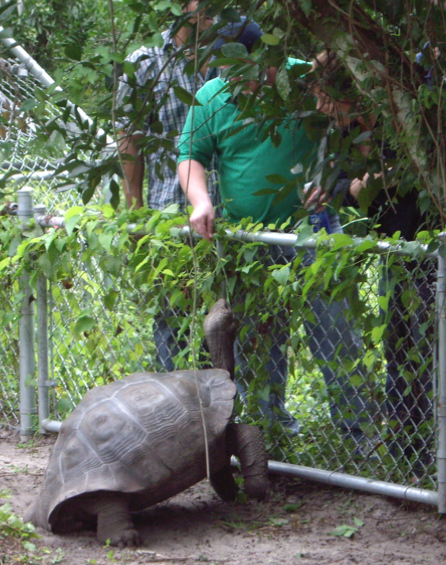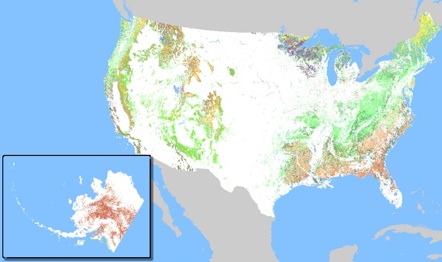 In 1903, President Theodore Roosevelt designated the first Wildlife Refuge as a means of protecting critical habitat for birds, fish and mammals. That refuge was designated on an island in the Indian River Lagoon, known today as Pelican island.
In 1903, President Theodore Roosevelt designated the first Wildlife Refuge as a means of protecting critical habitat for birds, fish and mammals. That refuge was designated on an island in the Indian River Lagoon, known today as Pelican island. In 1903, President Theodore Roosevelt designated the first Wildlife Refuge as a means of protecting critical habitat for birds, fish and mammals. That refuge was designated on an island in the Indian River Lagoon, known today as Pelican island.
In 1903, President Theodore Roosevelt designated the first Wildlife Refuge as a means of protecting critical habitat for birds, fish and mammals. That refuge was designated on an island in the Indian River Lagoon, known today as Pelican island.
Today, there are over 530 national wildlife refuges that stretch across 50 states, host more than 700 bird species, and are the primary habitat for about 250 threatened and endangered species. These refuges are critical for protecting the majority of our country's threatened and endangered bird and wildlife populations. But in spite of their important role, they find themselves in dire need of care: many are battling incompatible activities on and near refuge lands, inadequate water supplies, and insufficient budgets for operations, maintenance and new land acquisition.

Congress needs to increase funding for these precious bird and wildlife havens every year. The National Wildlife Refuge System consists of over 500 refuges across the country today.
Internationally the RAMSAR convention sponsored by UNEP reserved globally significant wetlands for wildfowl for significant levels of protection for migratory species. Wetlands are clearly not wastelands, but neither are they valued for their ecological services to the extent that sufficient wetlands to sustain fisheries and forestall bird declines are protected.
Valuing natural areas as assets